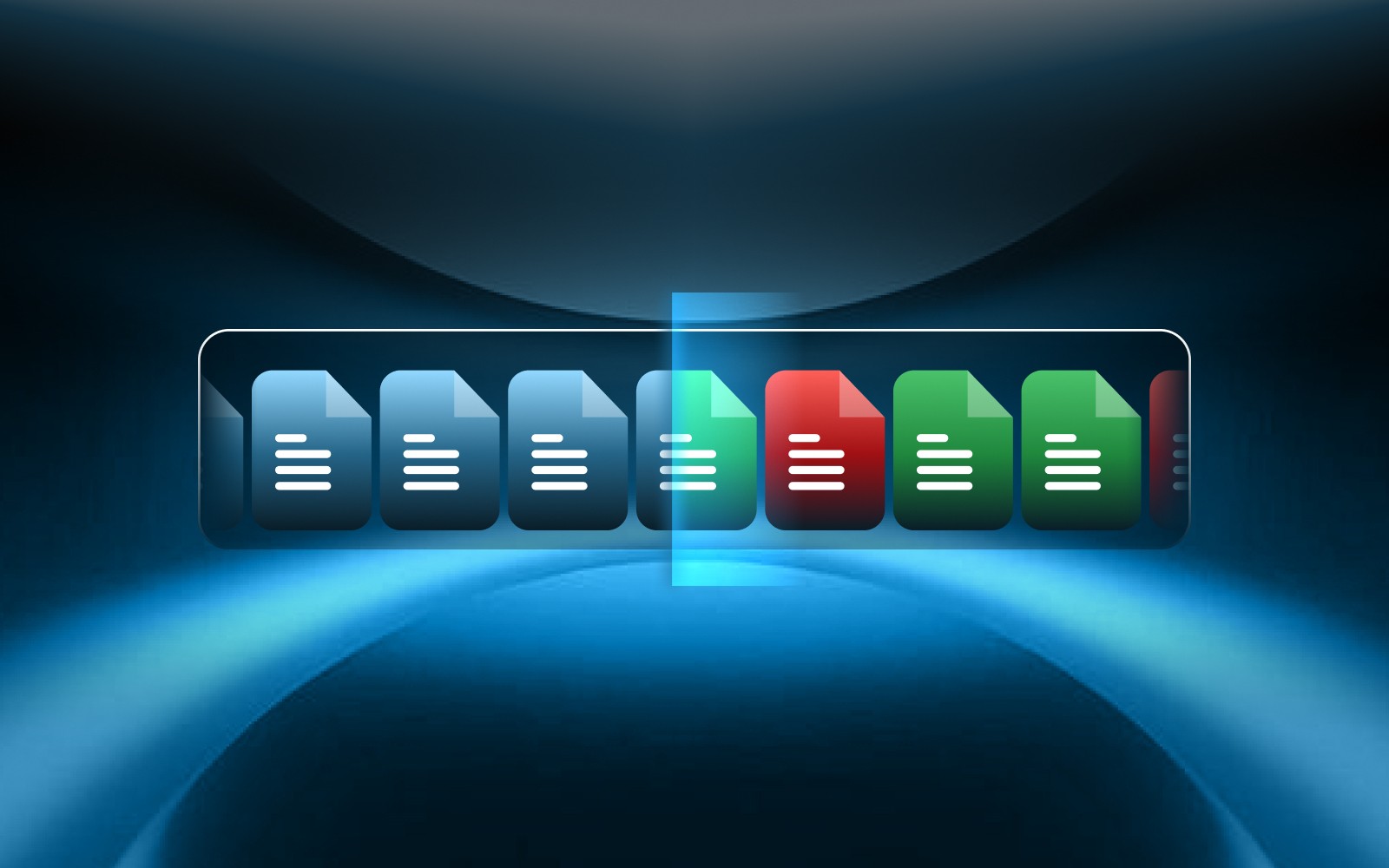Mining Isn’t Just Digging Anymore: How Training is Evolving in the Industry
The mining industry is undergoing a significant transformation. Beyond extraction and machinery, today’s challenges demand better ways to manage, train, and support the workforce, especially in high-risk and remote environments.With growing compliance requirements, skills shortages, and emerging technologies at the forefront, mining companies are rethinking how they train and develop their employees.
Gone are the days when training in mining meant a one-size-fits-all approach. Modern solutions are dynamic, data-driven, and people-centric, reflecting the complexities of today’s workforce. This blog will explore how training in mining is evolving and why mining HR managers, compliance officers, and operations directors must adopt next-generation solutions to address their workforce needs.
The Evolving Face of Mining Training
Mining, once considered a primarily physical field, has shifted towards integrating advanced technology into its operations. But what does this mean for workforce training?
Organisations need to keep up with:
Technological Advancements: Automation, AI, and simulation will shape how organisations train staff.
Regulatory Compliance: Stricter regulations mean training must incorporate compliance frameworks to reduce risks.
Skills Shortages: With an ageing workforce and fewer apprentices, training now focuses on upskilling and preparing a new generation.
Remote Workforces: With mining operations increasingly spread across remote locations, accessible, on-demand training platforms are a necessity.
The sector demands practical systems that not only transfer knowledge, but also strengthen engagement, build capability, and support people to do their jobs with confidence and clarity.
Why Training Must Evolve
The mining workforce in Australia and globally is in a period of flux. Vacancy rates in critical roles like geologists, equipment operators, and engineers can reach 20%, while 25% of the current workforce is aged over 50. Coupled with increased compliance requirements, outdated training systems simply won’t keep up.
Here’s why the shift is vital:
1. Improved Compliance
Compliance in high-risk industries like mining is non-negotiable. From regulatory audits to safety protocols, staying compliant prevents costly penalties. Evolving training programs must integrate compliance management seamlessly.
2. Workforce Analytics
Workforce planning and analytics offer real-time insights into skills gaps, employee readiness, and overall productivity. Modern training isn’t just about teaching; it’s about tracking, measuring, and optimising performance.
3. Cost Effectiveness
Traditional training methods are resource-heavy, often requiring significant downtime for employees. Solutions like LAAMP's digital platform deliver training online and offline, cutting costs and ensuring engagement across remote sites.
4. Engaged Learning
Mining companies must ensure that engaging learning content (e.g., VR simulation or interactive assessments) decreases turnover rates by making training more enjoyable and consistent.
Key Trends Reshaping Mining Training
Mining training has gone digital, with advancements that reflect broader changes in other industries like construction and healthcare. These trends are particularly relevant for Australia’s national workforce and beyond:

Digital Transformation with Learning Platforms
Learning and assessment management platforms (LAMPs) like LAAMP have disrupted traditional training models. These technologies:
Offer transferable skills passports, allowing employees to carry qualifications across contracts and sites.
Provide real-time reporting, empowering managers with instant insights into training compliance and progress.
Streamline workforce planning, delivering adaptable training paths for local and remote workers.
Immersive Technologies and AR Simulations
Augmented Reality (AR) is finding its way into mining training. These technologies allow employees to practice high-risk scenarios in a safe, simulated environment. From operating heavy machinery to responding to emergencies, simulation-based training enhances both safety and learning retention.
On-Demand Training Across Devices
Modern employees expect flexibility, even in high-risk sectors like mining. On-demand training platforms remove location and time constraints, offering teams around-the-clock access to materials. This is critical for remote sites, where traditional classroom training is no longer practical.
Human-Centric Compliance Tools
Mining businesses require tools that aren’t just checking boxes but actively ensuring safety and readiness. Platforms that include audit trails and digital evidence capture streamline compliance while protecting companies from breaches.
Workforce Analytics and AI
AI-powered workforce management tools analyse skills gaps, predict workforce needs, and deliver tailored training plans. These tools help identify employees with the potential to upskill, ensuring efficiency despite operational disruptions or shortages in the labour market.
Six Strategies for Mining Organisations to Reinvent Training
HR managers and compliance officers can adopt these practices to align their training programs with industry best practices:
1. Invest in Workforce Analytics Tools
Use tools that offer insights into employee skills and performance. Analytics can predict gaps in compliance, identify high-potential staff for upskilling, and avoid unnecessary training duplication.
2. Leverage Tech-Driven Platforms like LAAMP
Platforms like LAAMP make workforce management easier by streamlining training assignments, automating compliance processes, and integrating advanced technologies for immersive learning.
3. Adopt Immersive Training
Simulated training environments through VR/AR not only reduce risk but allow your teams to learn by doing. This hands-on practice avoids costly human errors in high-stakes environments.
4. Prioritise Mobile-Optimised Learning Tools
Select platforms designed to support remote and decentralized teams. Mining operations don’t work on a 9-to-5 schedule, and neither should your training tools.
5. Promote Shared Workforce Skills
Create mobility by adopting transferable training credentials. This strategy reduces onboarding time, ensures continuity between projects, and proactively builds a stronger talent pipeline within national workforces.
6. Collaborate with Industry Partners
Work closely with industry bodies, education institutions, and tech providers to develop customised training aligned with growing compliance standards.
Empowering the Workforce of the Future
Mining training has moved beyond checklists and classrooms. Today, it’s about giving workers real tools they can use on site, off-grid, or in transit. LAAMP supports this shift by combining immersive learning, real-time insights, and offline access, helping teams stay compliant, capable, and ready to move.
Mining isn’t just digging anymore. It’s complex, decentralised, and people-driven. LAAMP equips your workforce with practical systems that reduce delays, cut admin, and make training stick. Looking to sharpen how you manage skills on the ground? Let’s talk.



